The generational divide has always been a rich source of humor, especially when it comes to how baby boomers—those born roughly between 1946 and 1964—once viewed the world. Many aspects of life they took seriously have evolved into comedic elements for younger generations, who delight in playfully teasing these outdated perspectives.
From fashion choices to technology use, the transformation of these once serious matters into punchlines reflects not only the rapid pace of societal change but also the timeless nature of generational differences. This blog post explores 13 such items, each offering a glimpse into a bygone era, now seen through the lens of humor and lightheartedness. By examining these cultural shifts, we can better appreciate the humor that comes from understanding—and sometimes poking fun at—our parents’ and grandparents’ worldviews.
1. Rotary Phones
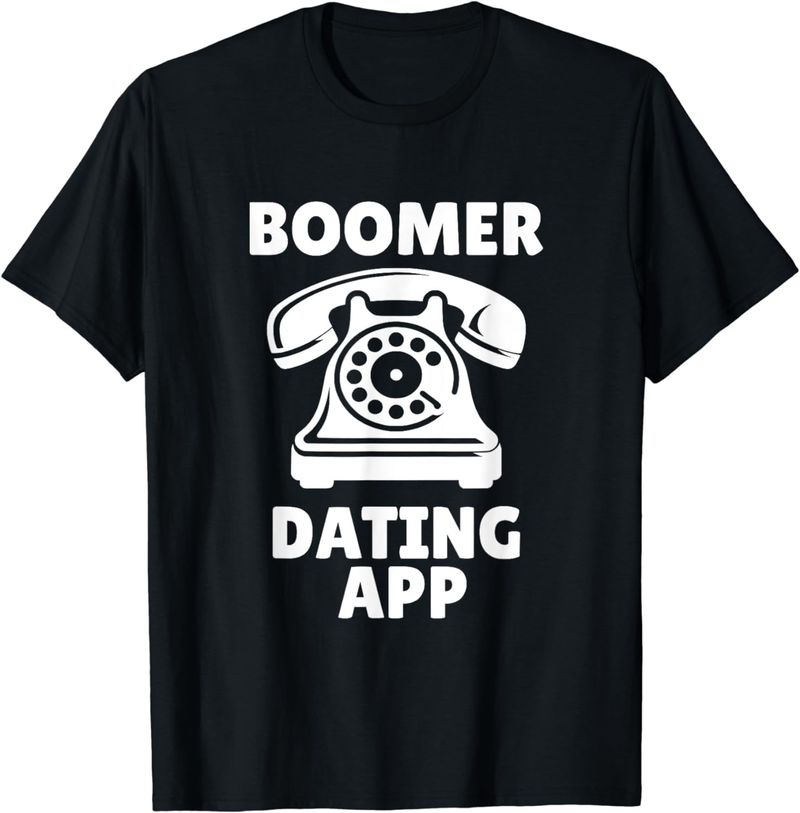
Remember the days when making a call meant dialing each number on a rotary phone? For boomers, this was the height of modern technology. Today, however, it’s a relic, often portrayed humorously in films and TV shows where younger characters fumble with its use. The tactile experience of dialing, once a serious affair, is now a comedic scene. The speed at which newer generations text makes the rotary phone seem impractically slow. Despite its charm, it’s become a symbol of outdated technology, often used to poke fun at how far we’ve come in communication.
2. Landline Etiquette
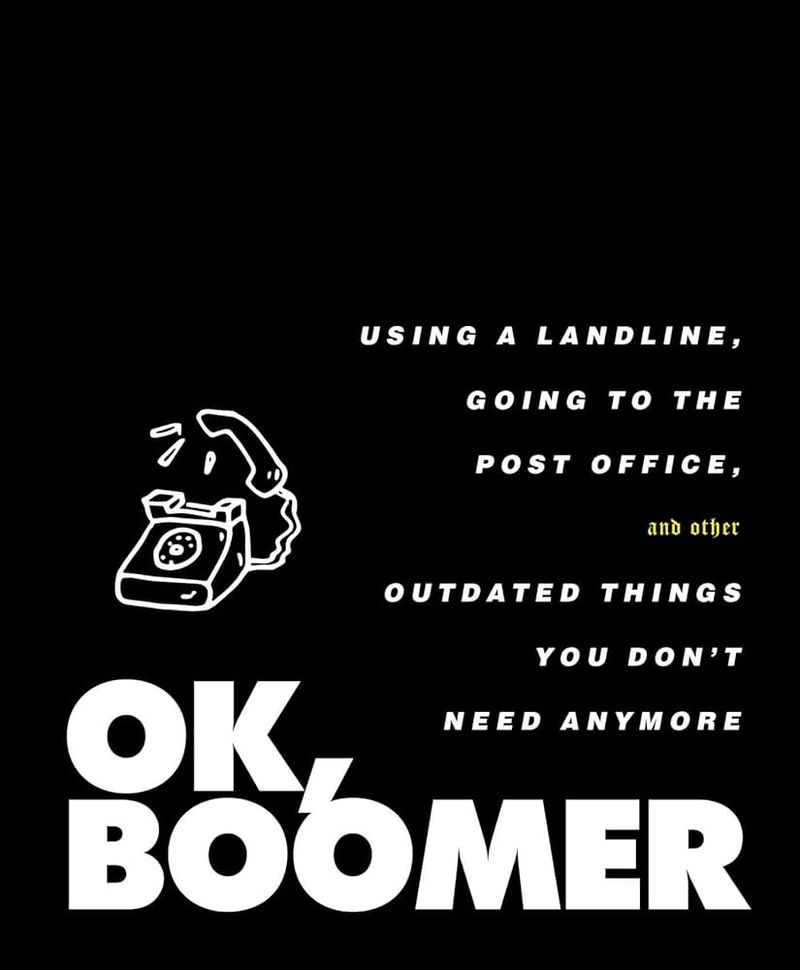
Boomers valued proper phone call etiquette, such as answering with a polite greeting. In the digital age, this formality seems quaint, as texting and video calls take precedence. Younger generations chuckle at the idea of landline rules, seeing them as overly rigid. The structured exchange of ‘Hello, may I speak to…’ now seems as antiquated as the phones themselves. This serious communication ritual, once an essential social skill, is now a nostalgic joke, illustrating the casual nature of today’s communication styles.
3. Formal Dining

Formal dining was an important ritual for boomers, complete with multiple forks, spoons, and a strict adherence to etiquette. Today, casual dining is the norm, and the elaborate setup once taken seriously is often seen as excessive. Younger generations joke about the complexity of formal settings, with rules that seem more confusing than necessary. The shift towards more relaxed dining experiences makes formal dining a humorous topic, as it highlights the drastic change in social dining norms.
4. Handwritten Letters
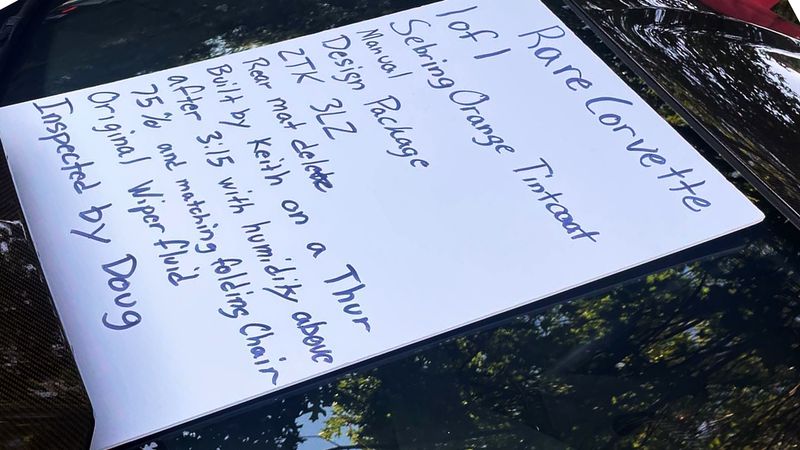
Before the digital era, handwritten letters were a cherished method of communication. Boomers took pride in their penmanship, emphasizing the personal touch of a hand-written note. Today, the art of letter writing is often humorous to younger folks who prefer typing or texting. The time and effort it took to craft a letter are now seen as a laborious process, one that seems unnecessary in an age of instant messaging. Handwritten letters have become a quaint symbol of the past, often used as comedic nostalgia.
5. Encyclopedias
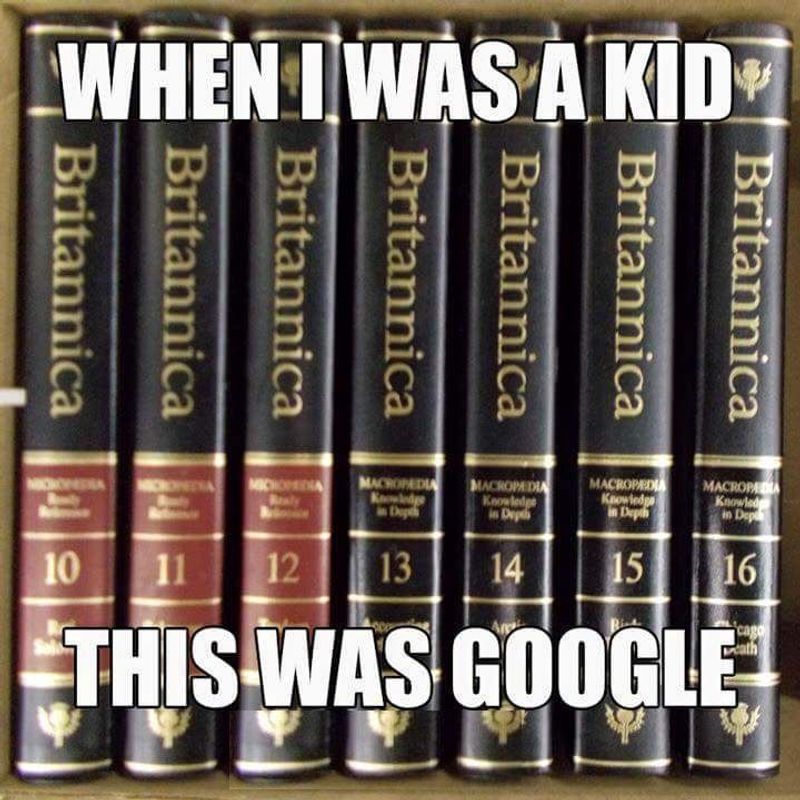
Encyclopedias were once the go-to source for information. For boomers, owning a set was a sign of knowledge and prestige. Today, with the internet at everyone’s fingertips, encyclopedias are often the butt of jokes. The idea of flipping through heavy volumes for information seems absurdly slow compared to a quick online search. This transition reflects not only a technological shift but also a cultural one where immediacy is key. Encyclopedias, once a household staple, now symbolize outdated methods of learning.
6. Driving Maps

Boomers relied heavily on paper maps for navigation, a skill that required patience and spatial awareness. In today’s GPS-driven world, the idea of unfolding a large map to find directions seems almost comedic. Younger generations often joke about the struggles of map reading, a stark contrast to the simplicity of typing an address into a smartphone. The cumbersome nature of paper maps, once taken seriously, is now a humorous nod to the past, capturing ways travel planning has evolved.
7. TV Antennas
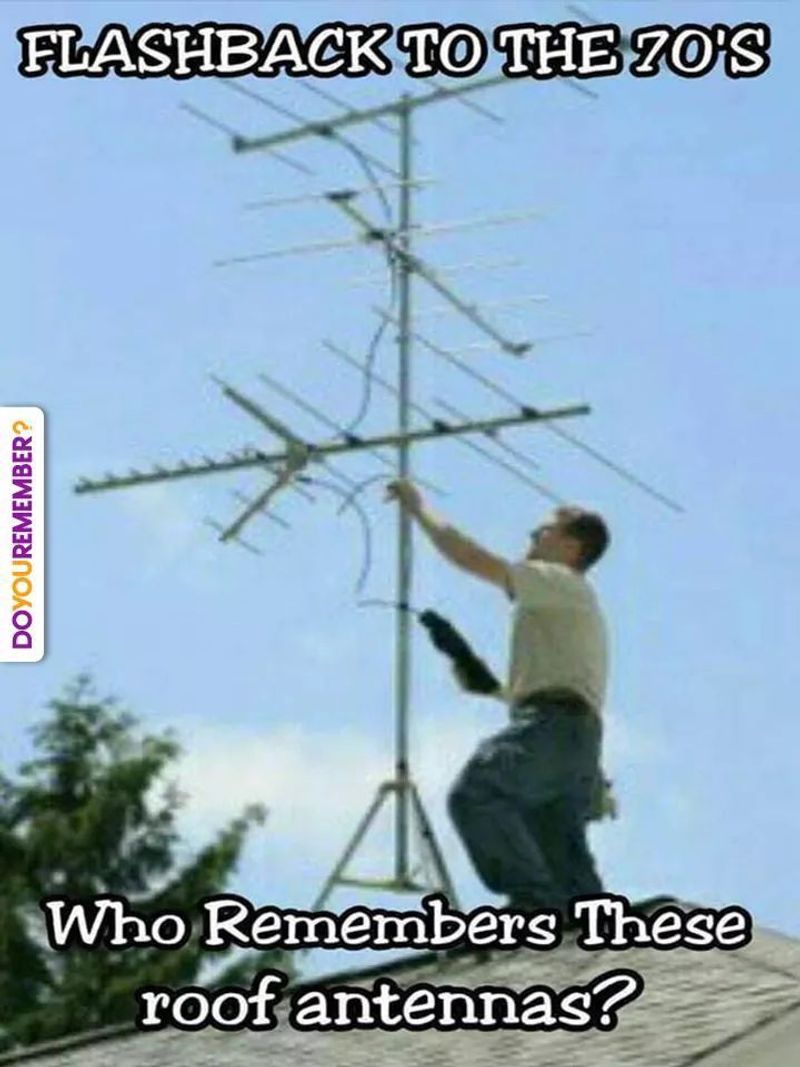
Adjusting TV antennas for better reception was a commonplace activity for boomers. This task, often requiring climbing onto rooftops, was a serious pursuit to achieve a clear picture. Today, with streaming services, the image of someone fiddling with the ‘rabbit ears’ is laughable. It encapsulates the advancements in home entertainment technology and the lengths people once went to for a good TV signal. The antenna dance, now a humorous memory, highlights how far television viewing has come.
8. Polaroid Cameras
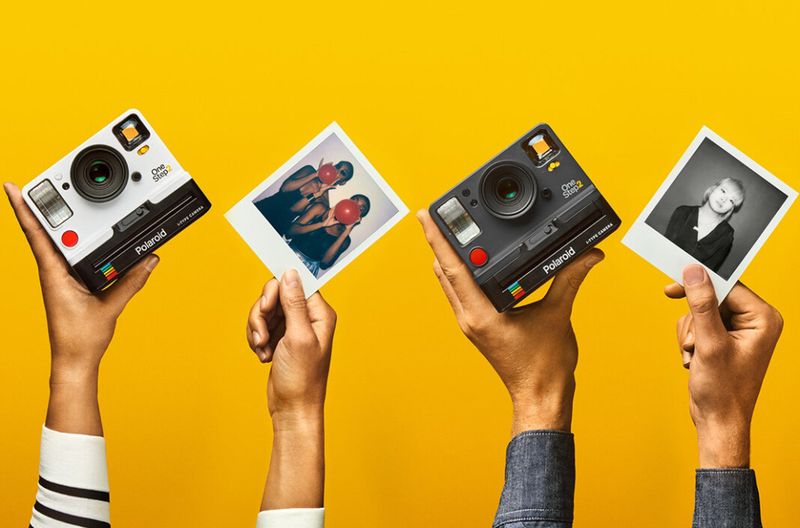
Polaroid cameras were revolutionary in their time, providing instant photos that boomers cherished. Today, while still beloved by some, they’re often a source of amusement for their bulkiness and the shaky picture quality compared to modern cameras. Younger generations find the idea of waiting for a photo to develop quaint and humorous. Polaroids symbolize an era where photo-taking was an event, contrasting sharply with today’s instantaneous digital sharing. This nostalgic item remains a playful nod to past photographic trends.
9. Typewriters

Typewriters were once essential tools for writing and were taken very seriously by boomers. In the digital age, their clunky keys and need for correction tape are often subjects of humor. The tactile experience they provide is nostalgic yet amusing, as typing on a computer is far more efficient. Younger generations view typewriters as charming relics, evoking a sense of appreciation for how technology has streamlined writing. The typewriter, while cherished by some, is a humorous reminder of past office life.
10. Business Cards
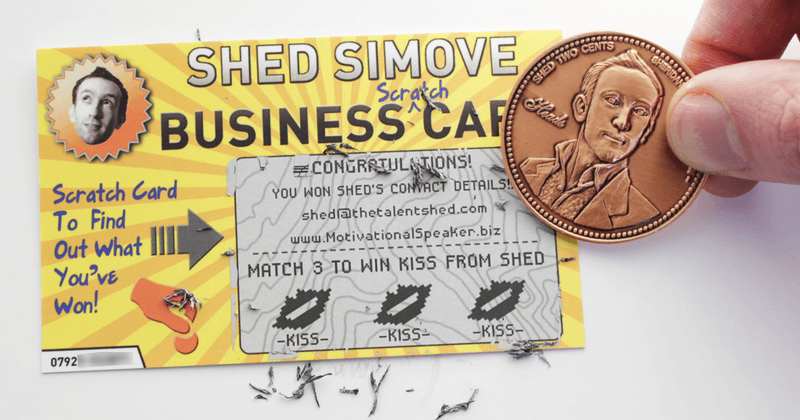
For boomers, exchanging business cards was an essential networking tool, representing professionalism and connection. Today, digital contact sharing has made this ritual seem almost archaic. Younger professionals often joke about the stack of cards left unused after networking events. The business card, once a serious symbol of identity and reach, is now more of a novelty or collectible, playfully highlighting the evolution of networking practices in the digital era.
11. Checkbooks
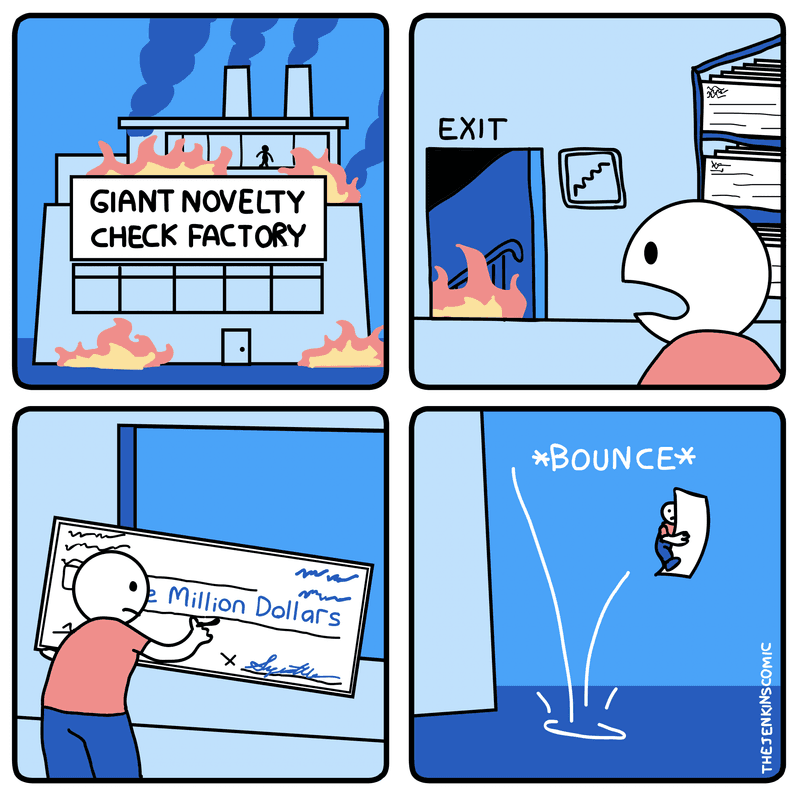
Writing checks was a serious part of financial management for boomers. Today, digital payments have largely replaced checks, rendering them almost obsolete. Younger generations often jest about the length of time it takes to write a check compared to swiping a card or using an app. The checkbook, once a staple in every wallet, is now a humorous reminder of how financial transactions have evolved, showcasing the swift advancements in payment technology.
12. Station Wagons
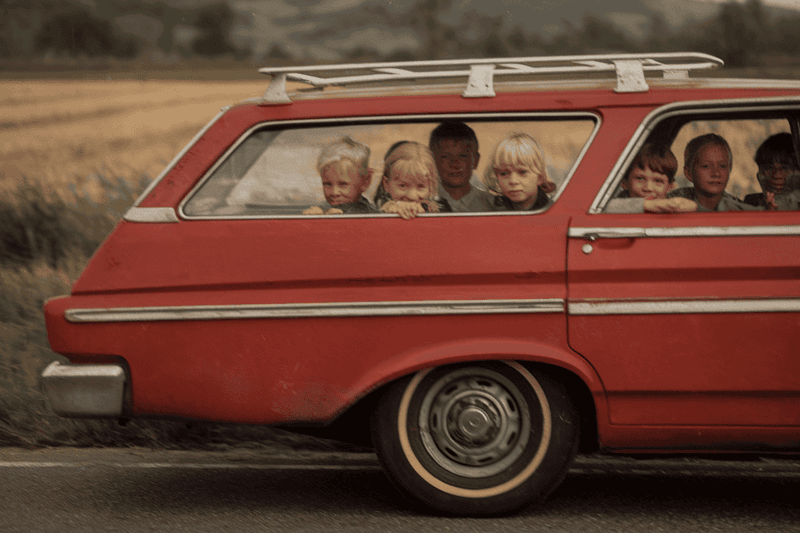
Station wagons were the family car of choice for boomers, seen as the ultimate vehicle for road trips and family outings. Today, they’ve been replaced by SUVs and minivans, and often serve as fodder for jokes about their boxy design and lack of speed. The station wagon, once a serious automotive staple, is now a humorous symbol of retro family life. Its image evokes nostalgia and laughter about the evolution of family travel vehicles.
13. Cassette Tapes

Cassette tapes were the primary medium for music in the boomer era. With digital music platforms today, cassettes are often laughed at for their fragility and rewind necessity. Younger generations jest about the ‘mix tape’ culture, which involved painstakingly recording songs from the radio. The cassette tape, once a serious music format, is now a humorous relic, embodying the drastic shift in how we consume music. It serves as a playful reminder of past listening habits and technological advances.

Well, hello there!
My name is Jennifer. Besides being an orthodontist, I am a mother to 3 playful boys. In this motherhood journey, I can say I will never know everything. That’s why I always strive to read a lot, and that’s why I started writing about all the smithereens I came across so that you can have everything in one place! Enjoy and stay positive; you’ve got this!

